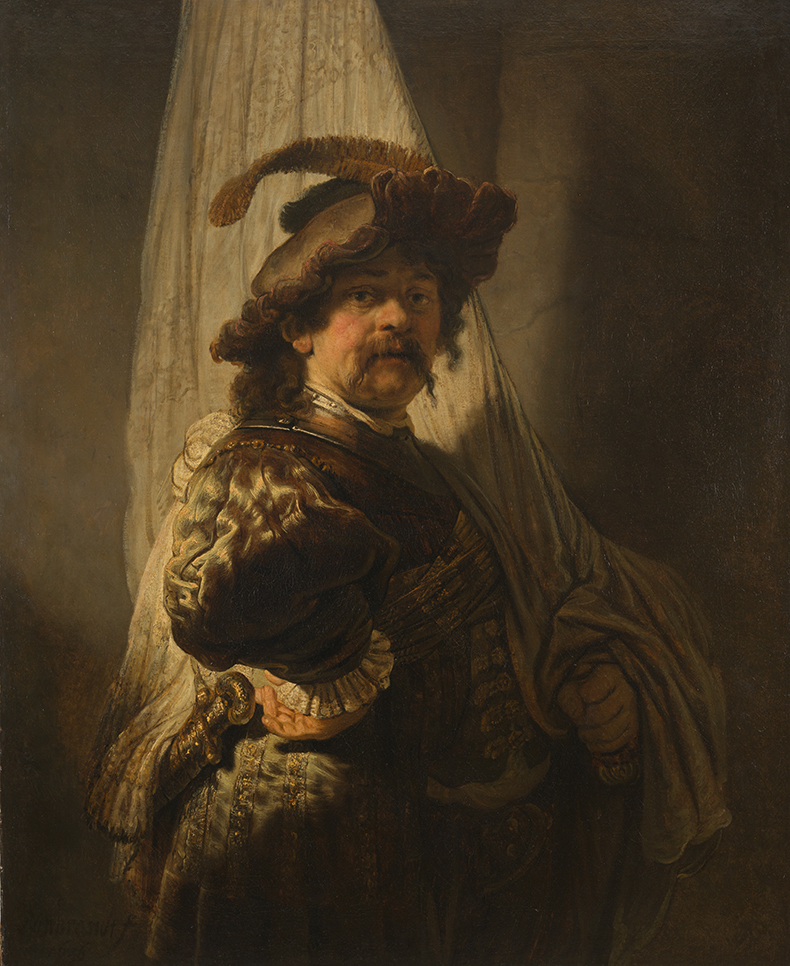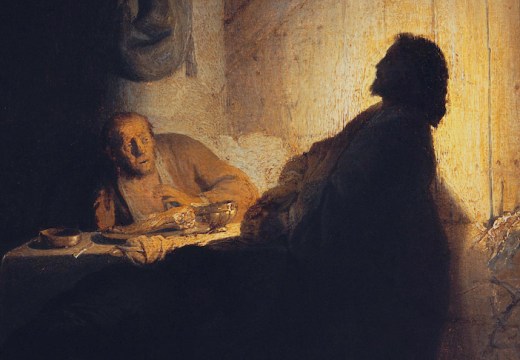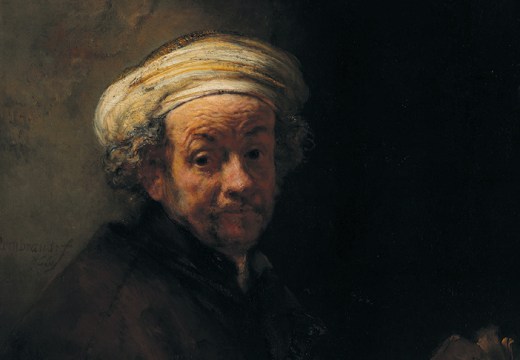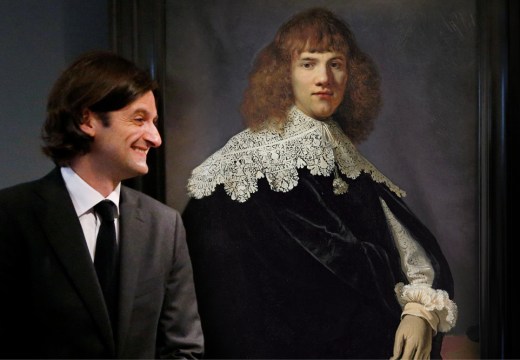Rijksmuseum, Amsterdam
The Standard Bearer (1636), Rembrandt
The Standard Bearer, one of the last masterpieces by Rembrandt remaining in private hands, returned in triumph to the Netherlands at the beginning of the year after its acquisition for the Rijksmuseum in Amsterdam. The painting, signed and dated 1636, was secured for the national collection thanks to a grant of €150m from the Dutch government and further contributions from the Rembrandt Association (€15m) and the Rijksmuseum Fund (€10m). At the end of a national tour this spring, the canvas will go on permanent display in the Gallery of Honour alongside the artist’s celebrated Night Watch (1642).

The Standard-Bearer (1636), Rembrandt. Rijksmuseum, Amsterdam
The Standard Bearer could be described as a statement of intent. Rembrandt produced it when he was 30, enjoying growing success in Amsterdam as both a portrait and a history painter – and perhaps already set on gaining a prestigious commission to depict a group portrait of one of the city’s many companies of militia. It was his first image of such a figure. Standard-bearers or ensigns – always bachelors – ran the greatest risk in any battle, often conspicuously dressed and brandishing great flags at the front of the line. Their courage was crucial to the company’s resolve. Normally these soldiers were presented within group portraits of militia but by the end of the 16th century, stand-alone portraits of individuals began to be commissioned. This, however, is clearly no commissioned portrait.
For one thing, this standard-bearer is not wearing contemporary costume but rather a fanciful ensemble of earlier date, including a codpiece, slashed cap and great leg-of-mutton sleeves, whose billowing ruffled silk gleams so seductively in the light. Several items appear in other works, suggesting
they were drawn from the prop box of the artist’s studio. Moreover, Rembrandt gave this ensign his own suitably pugnacious features. The painting is, however, less a self-portrait proper than a tronie presenting a ‘type’ or character. His inspiration for the subject probably derived from 16th-century prints of ensigns by Dürer, Lucas van Leyden and, particularly, Hendrick Goltzius. The latter’s strutting and finely attired Standard Bearer, Turned to Left of 1587 shows comparable swagger and bravado. Despite the borrowing, it is not impossible that the artist, like his ensign, saw himself in the vanguard.
This was the period in which the artist was increasingly under the influence of Titian. The arresting, turning pose that brings such vigour and immediacy to the figure, the lighting and, indeed, the great silk sleeve, all bring to mind the Venetian master’s Portrait of Gerolamo (?) Barbarigo (c. 1510) in the National Gallery in London. Titian’s painting – or a copy of it – was very possibly in Amsterdam before, as well as after, its acquisition by the art dealer Alfonso Lopez, a resident in the city between 1636 and 1640. Rembrandt was to copy its pose more closely in later self-portraits.
Like Titian’s figure, the standard-bearer only partially emerges from the deep, atmospheric shadows cast across costume and background. The artist has heightened the contrasts, while reducing his palette to infinitely subtle tones of golden brown and grey rendered with a rich and varied handling of pigment. It is little wonder that this strikingly well-preserved painting was hailed as ‘one of Rembrandt’s most brilliant achievements’ in the catalogue for ‘Rembrandt: The Master and His Workshop’.
The painting’s inclusion in that Berlin, Amsterdam and London show of 1991–92 was effectively an unveiling. At one time in the collection of George IV of England, it had remained firmly behind closed doors even after its acquisition by Baron James de Rothschild in 1840 (for £840). After the heirs of Élie de Rothschild announced their decision to sell in 2019, the work was classified as a French national treasure and an export ban of 30 months was imposed to allow a national institution time to raise funds. Those funds unforthcoming, this bold public-private acquisition by the Dutch has ensured that The Standard Bearer will remain accessible to all.

Unlimited access from just $16 every 3 months
Subscribe to get unlimited and exclusive access to the top art stories, interviews and exhibition reviews.














![Masterpiece [Re]discovery 2022. Photo: Ben Fisher Photography, courtesy of Masterpiece London](http://www.apollo-magazine.com/wp-content/uploads/2022/07/MPL2022_4263.jpg)
It’s time for the government of London to return to its rightful home